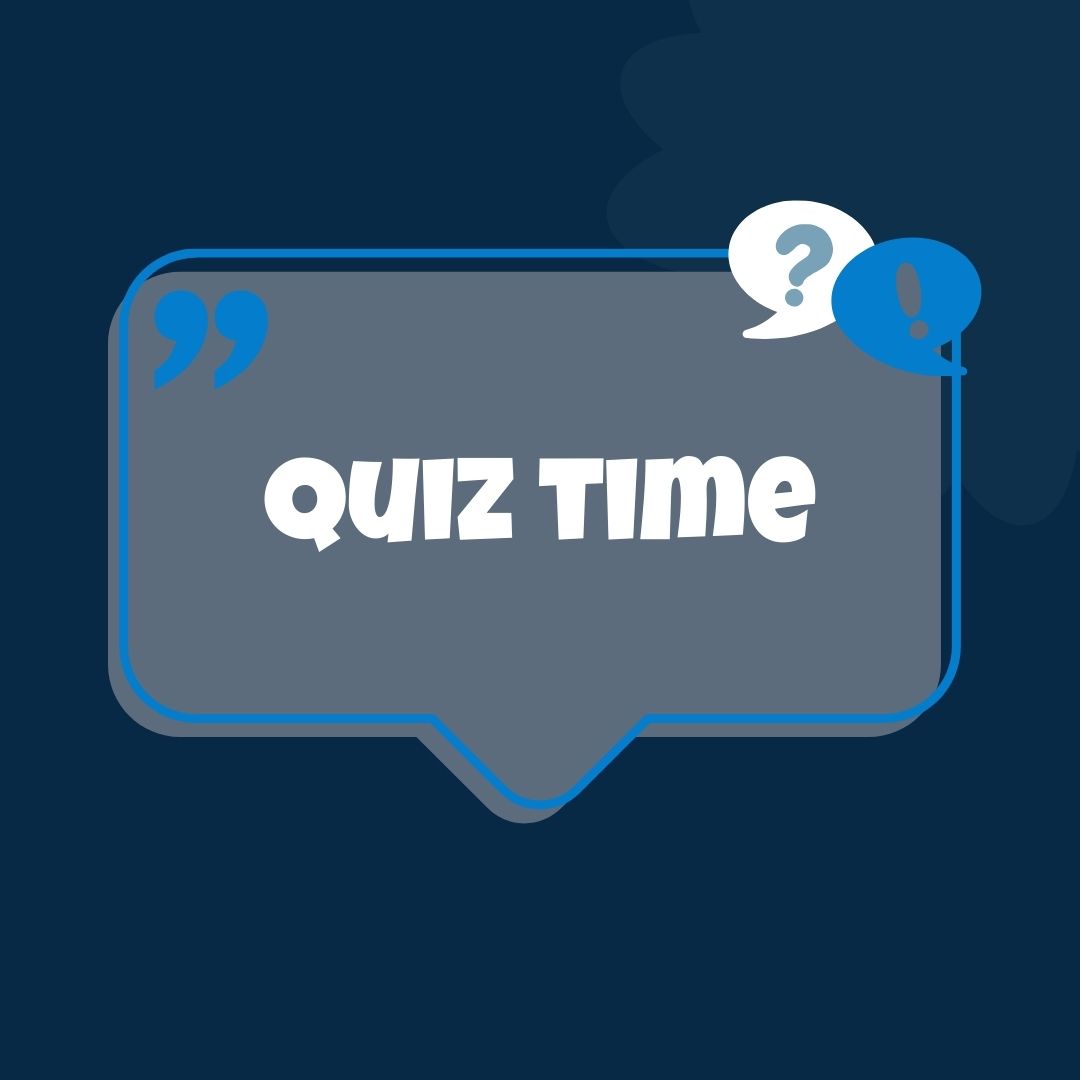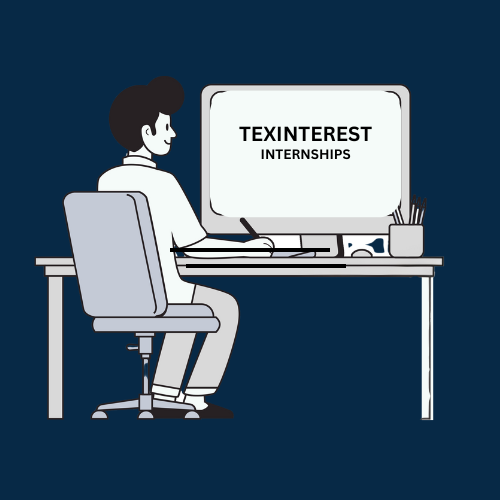Set Your Currency
 UNITED STATES UNITED STATES |
Set as Default |
 INDIA (Default Currency) INDIA (Default Currency) |
Set as Default |
 UNITED ARAB EMIRATES UNITED ARAB EMIRATES |
Set as Default |
 QATAR QATAR |
Set as Default |
mixed contenet error
A mixed content error occurs when a web page contains a combination of secure (HTTPS) and non-secure (HTTP) elements. Let me explain further:
Secure (HTTPS): This protocol ensures that data transmitted between your browser and the website is encrypted and secure. Websites using HTTPS display a padlock icon in the address bar.
Non-secure (HTTP): This protocol transmits data without encryption. Websites using HTTP lack the padlock icon and may be vulnerable to eavesdropping or tampering.
When a web page is loaded over HTTPS but includes resources (such as images, scripts, or stylesheets) from HTTP URLs, it triggers a mixed content error. Browsers block these insecure resources to maintain security. Common examples of mixed content include:
To resolve mixed content errors:
maintaining a consistent secure connection is crucial for protecting user data and ensuring a seamless browsing experience.

Test your knowledge with interactive quizzes.

Prepare for interviews with curated question sets.

Ask your coding-related doubts and get answers.

Earn certifications to enhance your resume.

Hands-on projects to improve your skills.

Test your knowledge with interactive quizzes.

Prepare for interviews with curated question sets.

Add your technical blogs and read technical topics.

Earn certifications to enhance your resume.

Hands-on projects to improve your skills.